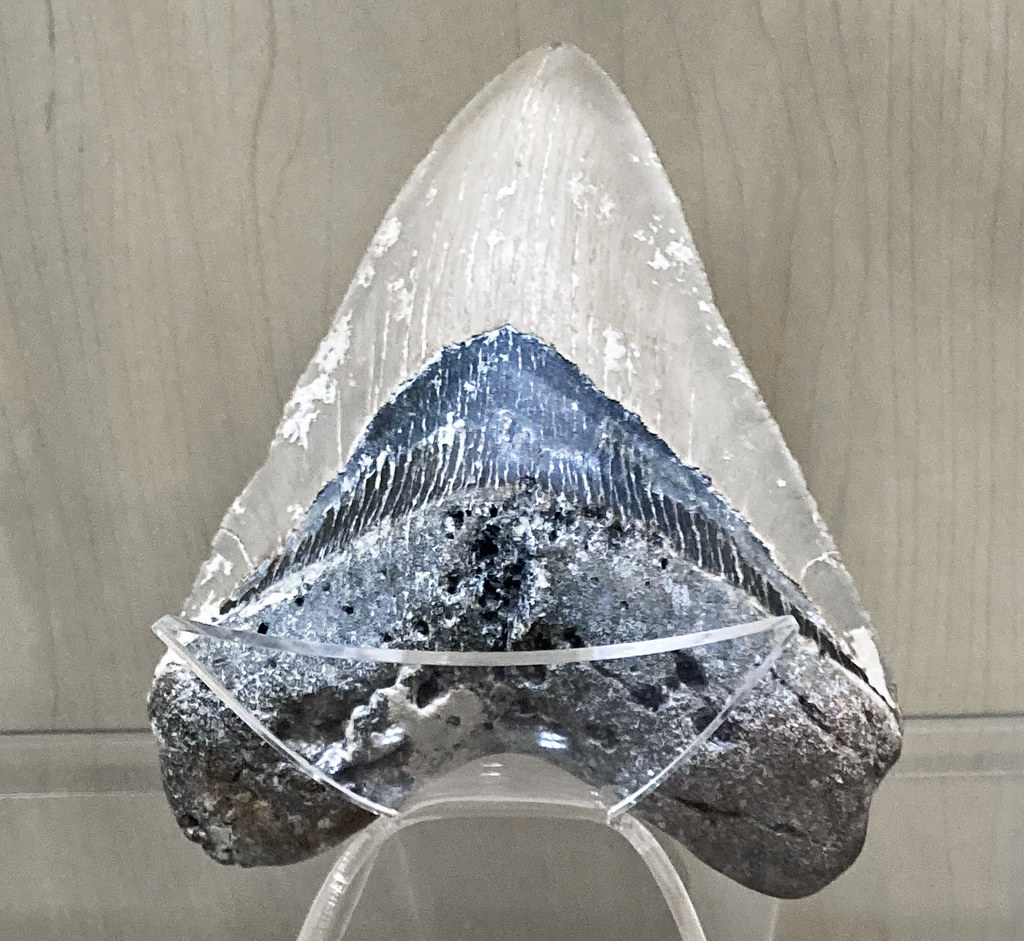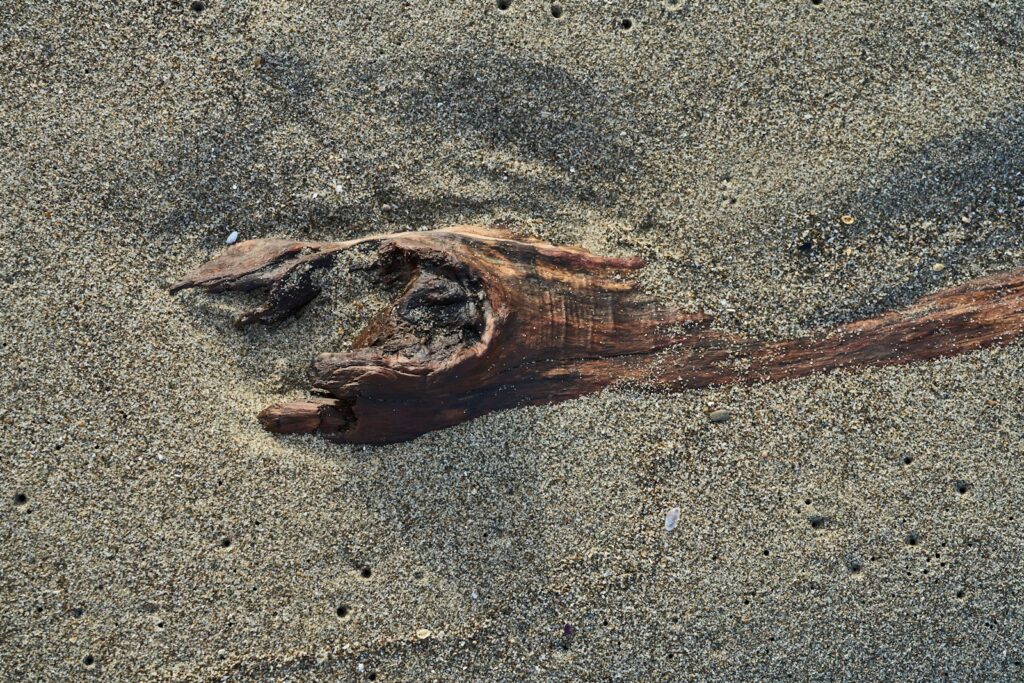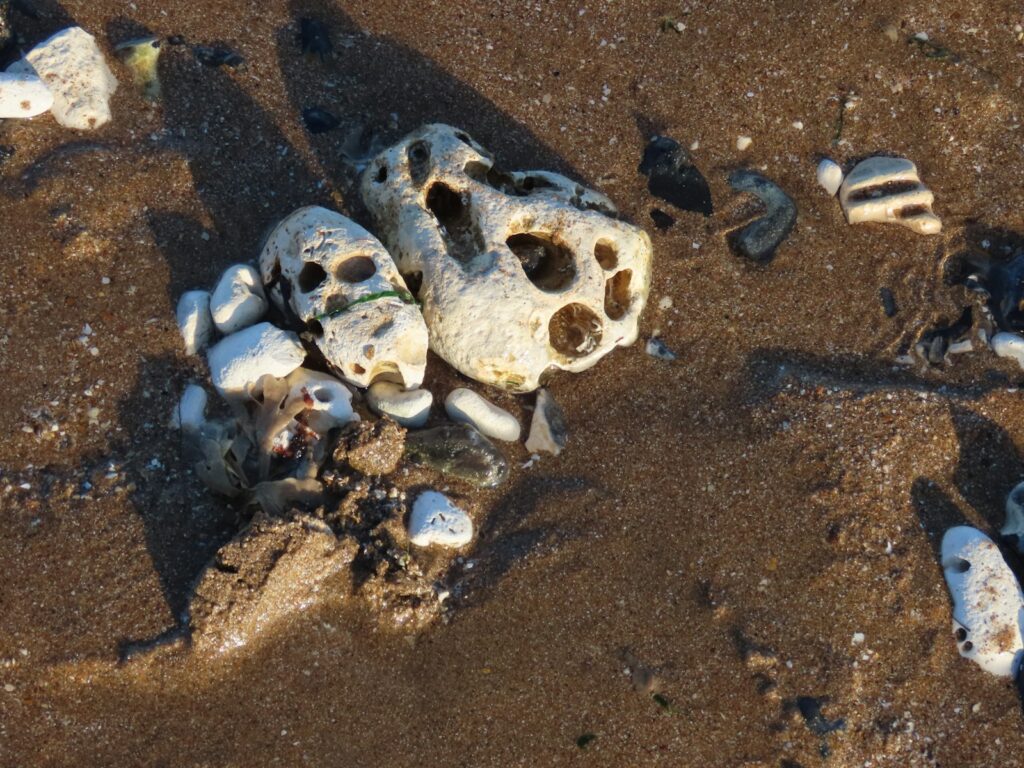Picture this: you’re walking along a beach, and suddenly your eyes catch something dark and triangular poking out of the sand. You brush away the grains, and there it is—a perfect shark tooth, possibly millions of years old, holding secrets about worlds that vanished long before humans ever existed. These tiny time capsules are everywhere, scattered across coastlines and buried in rock formations, waiting to tell their incredible stories.
Every year, millions of shark teeth wash up on beaches worldwide, but only a fraction of beachcombers realize they’re holding pieces of an ancient puzzle. These fossilized remnants aren’t just cool souvenirs—they’re scientific goldmines that reveal how our planet’s oceans have changed over hundreds of millions of years. The truth is, sharks have been swimming in Earth’s waters for over 400 million years, making them older than trees, and their teeth have been faithfully recording the history of marine life all along.
The Shark Tooth Time Machine
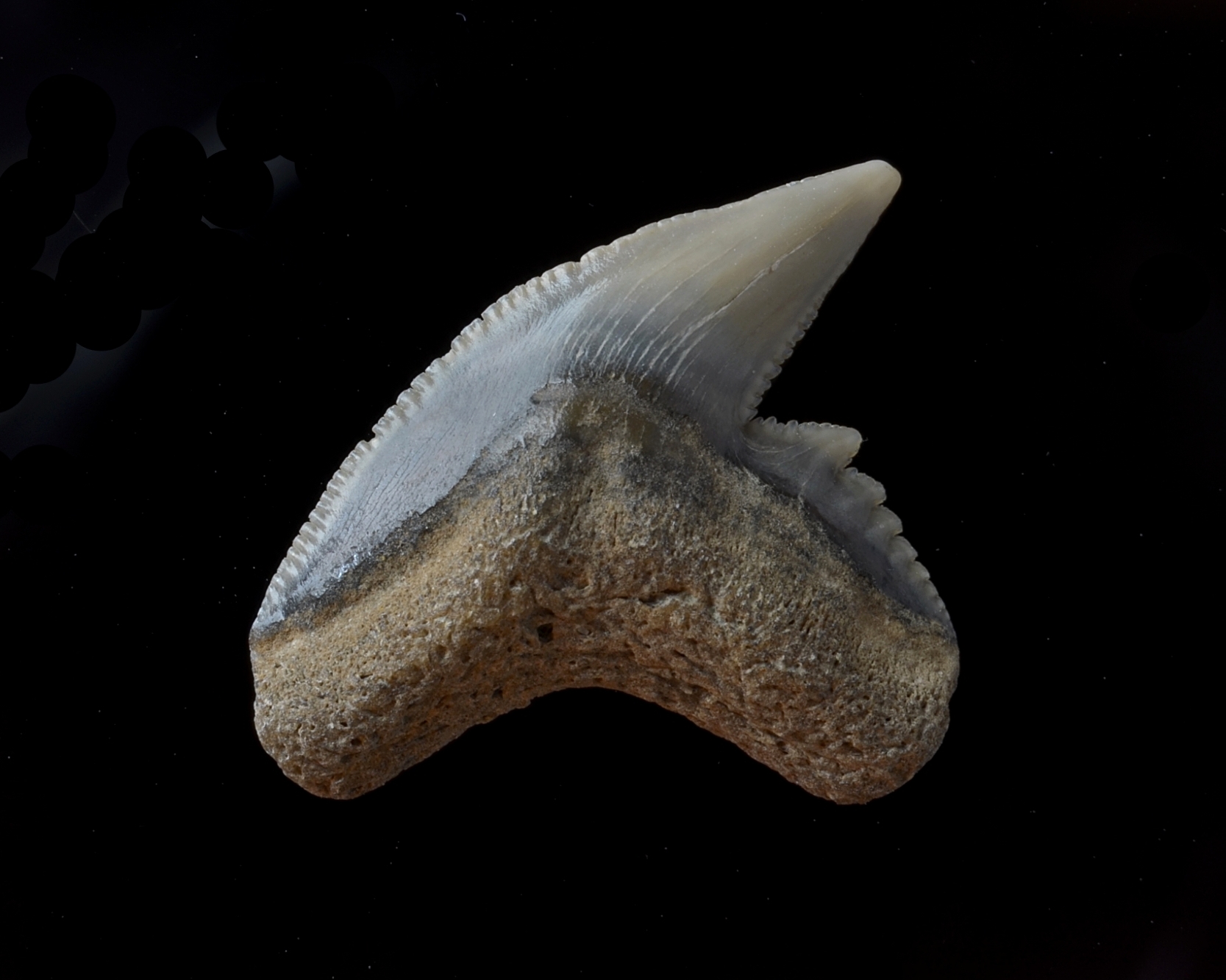
Shark teeth function like nature’s own time machine, preserving snapshots of ancient marine ecosystems in remarkable detail. Unlike bones, which are made of calcium phosphate and decompose relatively quickly, shark teeth are composed of dentin covered with a hard enamel-like substance called enameloid. This incredibly durable material allows teeth to survive for millions of years, even when the rest of the shark’s cartilaginous skeleton has long since dissolved.
What makes these fossils even more valuable is their sheer abundance. A single shark can shed up to 35,000 teeth in its lifetime, constantly replacing them as they wear down or break off during feeding. This means that for every ancient shark that lived, thousands of teeth potentially entered the fossil record. Scientists can examine these teeth under microscopes to identify species, determine diet, and even estimate body size—all from a fragment smaller than your thumbnail.
Ancient Giants That Ruled the Seas

The most famous prehistoric shark, Megalodon, captures imaginations worldwide with its massive triangular teeth that can measure over seven inches long. These colossal predators dominated the oceans between 23 and 3.6 million years ago, reaching lengths of up to 60 feet. Their teeth reveal a creature built for crushing whale bones and tearing through massive prey that would make today’s great whites look like minnows.
But Megalodon wasn’t alone in the ancient seas. Helicoprion, known as the “buzzsaw shark,” possessed a bizarre spiral whorl of teeth that scientists are still trying to understand. Some researchers believe this strange dental arrangement helped the shark slice through soft-bodied prey like ancient squid. These unusual adaptations show how diverse and experimental shark evolution became over millions of years.
Other remarkable species include Cretoxyrhina, the “Ginsu shark” of the Cretaceous period, whose razor-sharp teeth could slice through sea turtle shells and even other sharks. The discovery of these various tooth types has revolutionized our understanding of how different shark species filled ecological niches in prehistoric oceans.
Reading the Ocean’s Chemistry Through Teeth
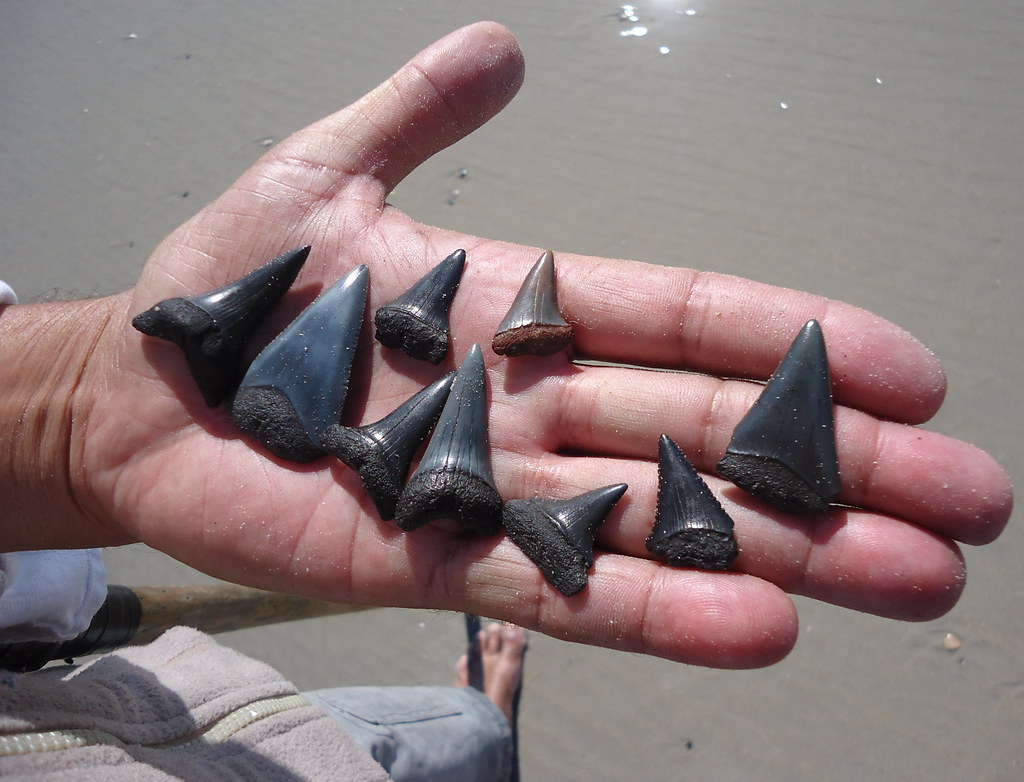
Shark teeth are like tiny chemistry labs that record the ocean conditions when they formed. Scientists analyze the isotopes trapped within fossilized teeth to determine ancient water temperatures, salinity levels, and even the chemical composition of prehistoric seas. These isotopic signatures act as chemical fingerprints, revealing whether ancient sharks lived in warm tropical waters or cooler, deeper environments.
Oxygen isotopes in shark teeth are particularly valuable because they directly correlate with water temperature. When researchers compare teeth from different periods, they can track how ocean temperatures changed over millions of years. This data has been crucial in understanding ancient climate patterns and how marine ecosystems responded to major environmental shifts.
The strontium isotope ratios found in shark teeth also help scientists determine whether ancient sharks lived in marine or freshwater environments. Some prehistoric sharks, like those in the genus Otodus, show evidence of moving between different water types, suggesting complex migration patterns that mirror modern shark behavior.
Extinction Events Written in Fossil Teeth
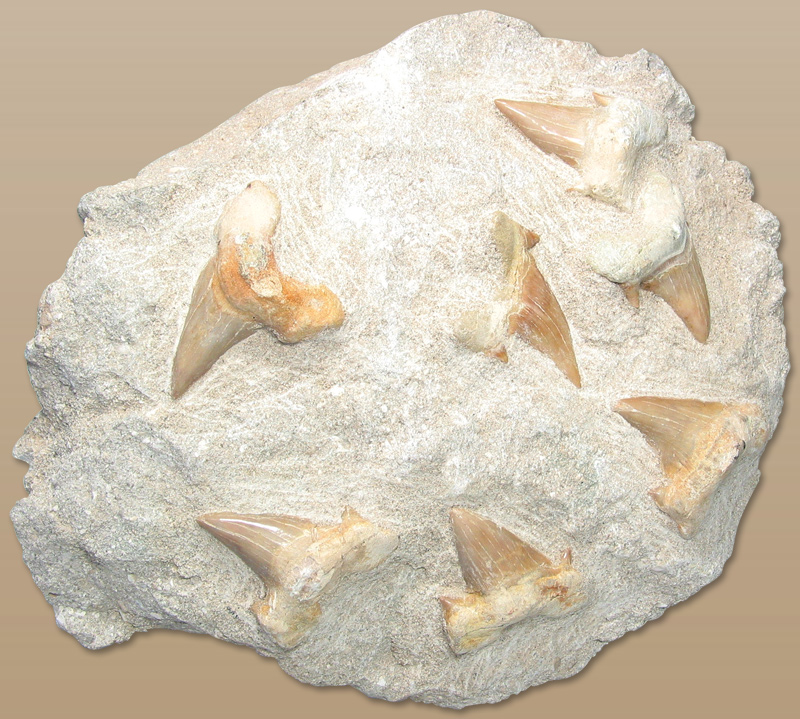
Shark teeth provide front-row seats to some of Earth’s most dramatic extinction events. The fossil record shows clear evidence of how these ancient predators survived or perished during major environmental catastrophes. During the Permian-Triassic extinction event 252 million years ago, known as the “Great Dying,” shark diversity plummeted as ocean chemistry changed dramatically.
The Cretaceous-Paleogene extinction event, which wiped out the dinosaurs 66 million years ago, tells a different story through shark teeth. While many marine reptiles disappeared, sharks showed remarkable resilience, though their tooth shapes and sizes changed significantly. This suggests that while sharks survived the asteroid impact and its aftermath, they had to adapt to completely new food webs and ocean conditions.
Modern shark teeth from areas affected by recent climate change show similar patterns of adaptation. Scientists studying teeth from sharks living near coral reefs damaged by bleaching events have observed subtle changes in tooth morphology, suggesting that these ancient survival strategies continue today.
The Fossilization Process That Preserves History
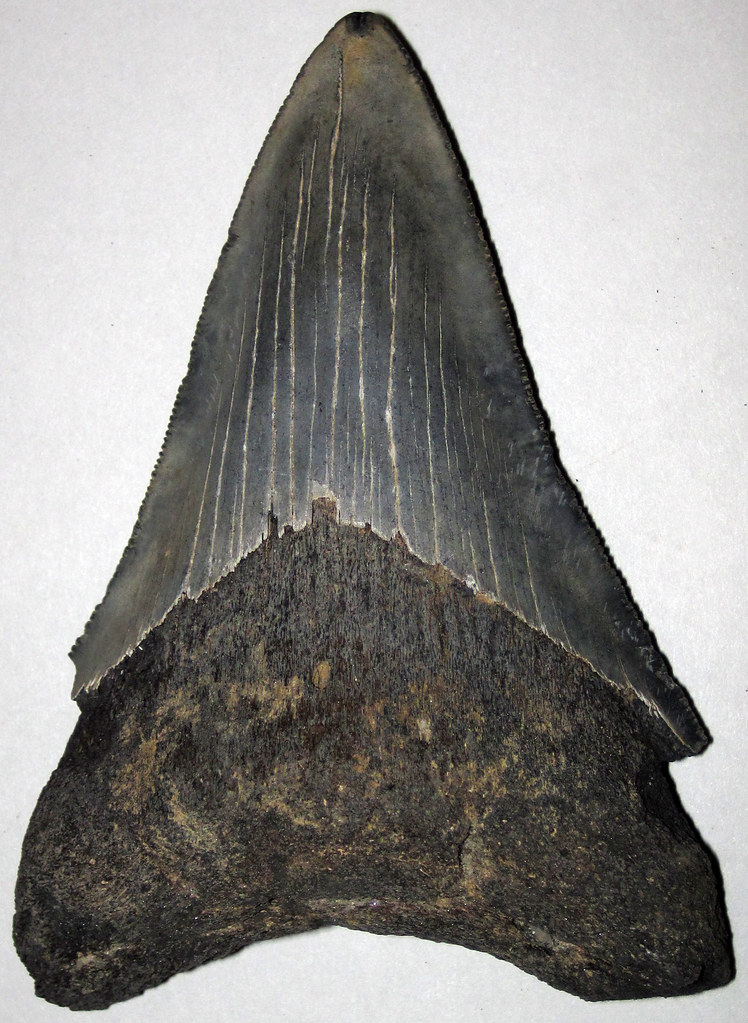
The journey from living shark tooth to fossil is a remarkable process that requires precise conditions. When a shark sheds a tooth, it typically sinks to the ocean floor, where it becomes buried in sediment. For fossilization to occur, the tooth must be quickly covered to prevent decomposition and protect it from scavengers or water currents that might scatter it.
Over thousands of years, minerals from the surrounding sediment slowly replace the organic material in the tooth while preserving its original structure. This process, called permineralization, can take anywhere from 10,000 to several million years, depending on environmental conditions. The type of sediment and the presence of specific minerals determine how well the tooth’s details are preserved.
The best-preserved shark teeth come from areas with rapid sedimentation rates, such as river deltas or areas with frequent volcanic ash deposits. These locations provide a quick burial and mineral-rich environment necessary for exceptional preservation. Some teeth retain such fine detail that researchers can observe microscopic wear patterns from the shark’s last meals.
Prehistoric Food Webs and Shark Diets
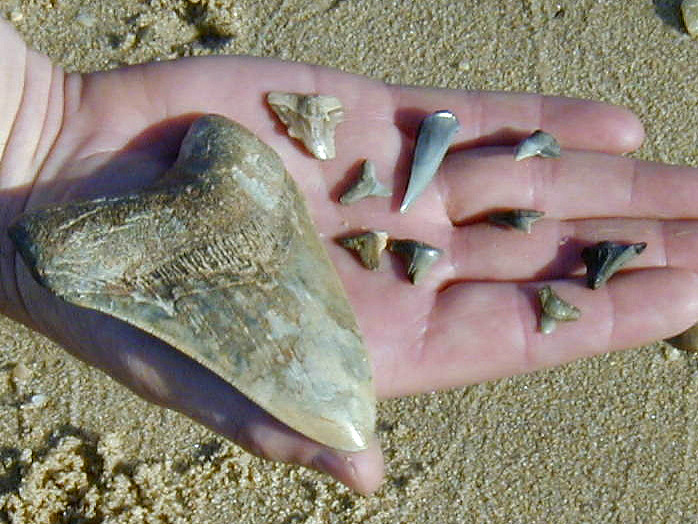
Shark teeth reveal intricate details about ancient food webs and predator-prey relationships that existed millions of years ago. The shape, size, and serration patterns of teeth directly reflect what these prehistoric predators ate. Sharks that hunted large marine reptiles developed robust, triangular teeth with coarse serrations, while those that fed on fish evolved narrow, pointed teeth designed for grasping slippery prey.
Some fossilized teeth show evidence of dietary flexibility that helped sharks survive environmental changes. Teeth from the same species but different periods sometimes show variations in size and shape, suggesting that sharks adapted their feeding strategies as available prey changed. This evolutionary flexibility may explain why sharks have survived multiple mass extinction events.
Bite marks on fossilized marine reptile bones often match specific shark tooth patterns, providing direct evidence of predator-prey interactions. These “smoking gun” fossils show that some prehistoric sharks were apex predators capable of taking down creatures much larger than themselves, fundamentally shaping ancient marine ecosystems.
Geographic Clues Hidden in Ancient Teeth
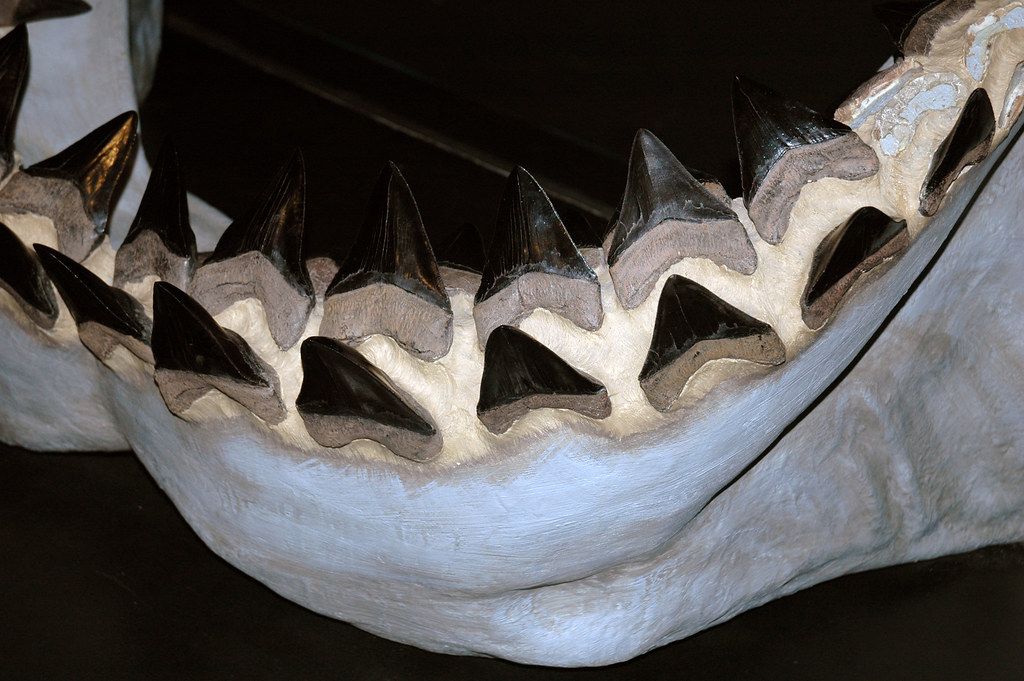
Fossilized shark teeth act as geographic markers, helping scientists reconstruct how continents moved and how ocean basins formed over geological time. The distribution of certain shark species’ teeth across different continents provides evidence for continental drift and the breakup of ancient supercontinents like Pangaea.
Teeth from the same shark species found on opposite sides of the Atlantic Ocean suggest that these waters were once connected or that ancient sharks could migrate vast distances. As continents drifted apart and new ocean basins formed, shark populations became isolated, leading to the evolution of distinct regional species that can be identified through their unique tooth characteristics.
The depth at which shark teeth are found in rock formations also reveals information about ancient sea levels. Teeth discovered in what are now mountain ranges indicate that these areas were once underwater, while the absence of marine fossils in other regions suggests they were above sea level during specific periods.
Evolutionary Adaptations Through Time
The evolution of shark teeth over hundreds of millions of years reveals remarkable adaptations to changing environments and available prey. Early sharks had simple, pointed teeth suitable for catching small fish and invertebrates. As marine ecosystems became more complex, shark teeth evolved into an amazing variety of shapes, each perfectly suited to specific hunting strategies.
The development of serrated edges on shark teeth represents a major evolutionary breakthrough that occurred multiple times in different lineages. These saw-like edges allowed sharks to slice through tough prey like marine reptiles and early whales, opening up new ecological niches. The timing of these adaptations often coincides with the appearance of new prey species in the fossil record.
Some prehistoric sharks developed highly specialized teeth that seem almost alien by today’s standards. The spiral tooth whorls of Helicoprion, the crushing teeth of Ptychodus, and the needle-like teeth of Cretolamna each represent unique evolutionary experiments that helped sharks exploit different food sources in ancient oceans.
Modern Techniques Revolutionizing Fossil Analysis
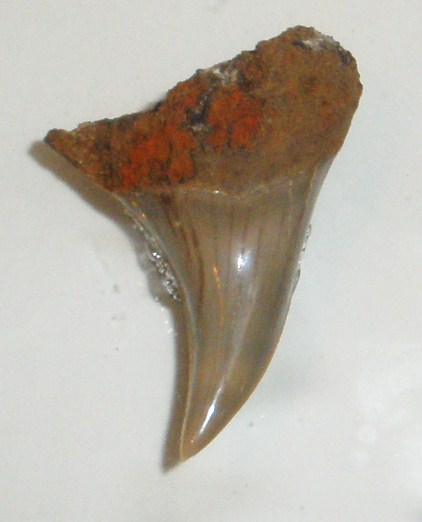
Advanced technology has revolutionized how scientists study fossilized shark teeth, revealing details that were impossible to detect just decades ago. High-resolution CT scanning allows researchers to examine the internal structure of teeth without damaging them, revealing growth patterns and microscopic details about the shark’s life history.
Laser ablation techniques can analyze the chemical composition of teeth with incredible precision, sampling areas smaller than a human hair. This technology has revealed that some ancient sharks migrated between different water masses during their lifetimes, changing their chemical signatures as they moved. These techniques are so sensitive that they can detect seasonal changes in ancient ocean chemistry.
Artificial intelligence and machine learning are now being used to identify shark species from fragmentary teeth that would have been impossible to classify using traditional methods. These computer programs can analyze thousands of microscopic features simultaneously, creating detailed evolutionary trees that show how different shark species are related to each other.
The Great Shark Tooth Treasure Hunt
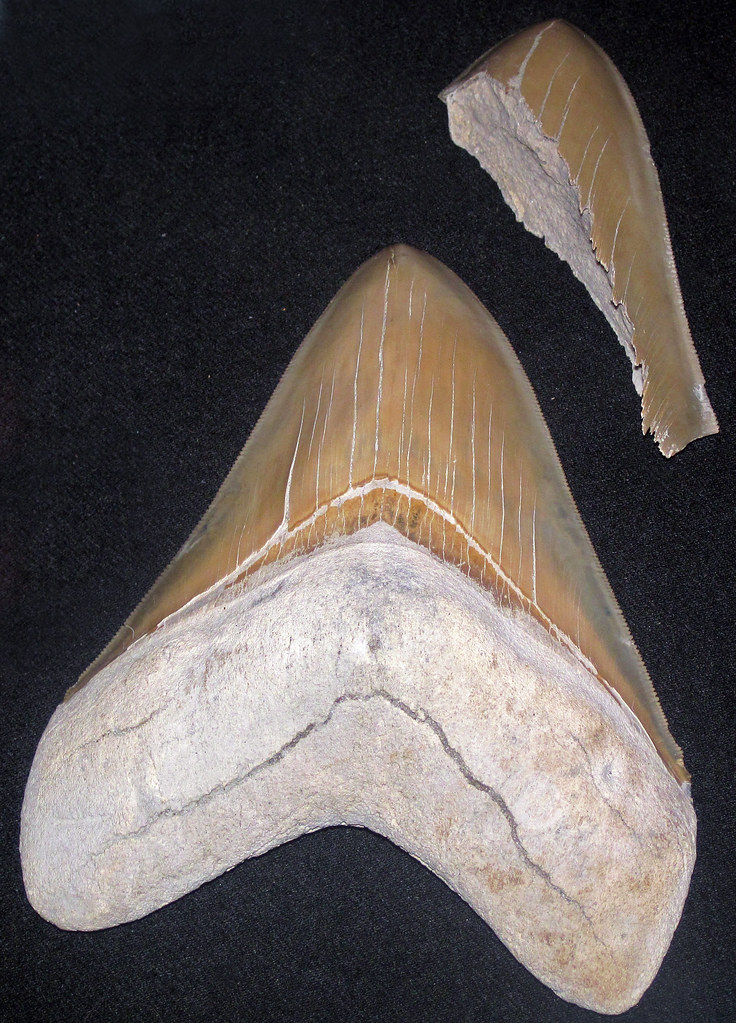
Some of the world’s most productive fossil shark tooth hunting grounds have become legendary among paleontologists and collectors. The Bone Valley Formation in Florida has yielded millions of teeth from dozens of species, creating a comprehensive record of Miocene marine life. The sheer abundance of teeth at sites like this has allowed scientists to study population dynamics and ecosystem changes in unprecedented detail.
Morocco’s phosphate mines have produced some of the most spectacular shark teeth fossils ever discovered, including complete sets of teeth from species that lived over 70 million years ago. These sites preserve teeth in such fine detail that researchers can study microscopic wear patterns and even detect evidence of diseases that affected ancient sharks.
The Calvert Cliffs in Maryland offer a unique window into Miocene marine ecosystems, with layers of sediment containing teeth from over 40 different shark species. Walking along these cliffs is like traveling through time, with each layer representing a different chapter in the ocean’s history.
Climate Change Chronicles in Fossil Teeth
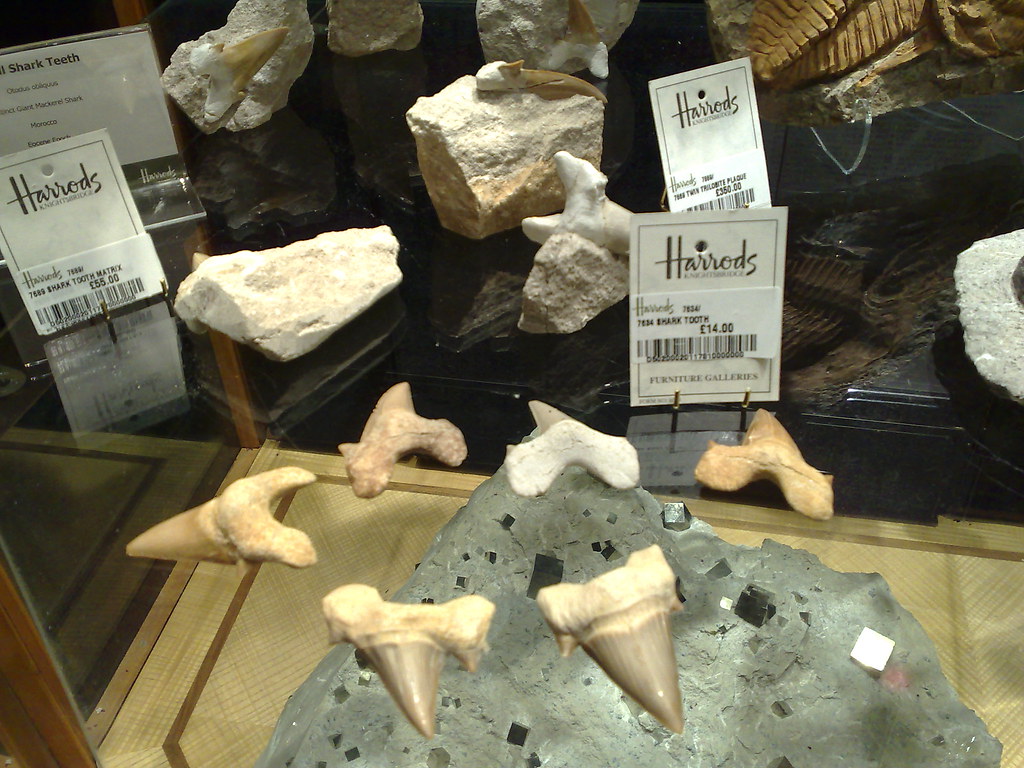
Shark teeth provide compelling evidence of how marine ecosystems responded to ancient climate changes, offering crucial insights for understanding modern environmental challenges. During the Paleocene-Eocene Thermal Maximum, a period of rapid global warming 56 million years ago, shark tooth fossils show dramatic changes in species composition and geographic distribution.
The isotopic signatures in teeth from this period reveal that ocean temperatures rose by 5-8 degrees Celsius, causing massive shifts in marine ecosystems. Some shark species migrated toward the poles, while others adapted to warmer waters by changing their body size and feeding habits. These patterns closely mirror what scientists observe in modern oceans as current climate change accelerates.
Ice age cycles are also recorded in shark teeth, showing how these predators adapted to fluctuating sea levels and changing ocean temperatures. Teeth from glacial periods often show different wear patterns and chemical signatures compared to those from warmer interglacial periods, suggesting that sharks modified their behavior and diet in response to environmental changes.
Shark Teeth as Ecological Indicators
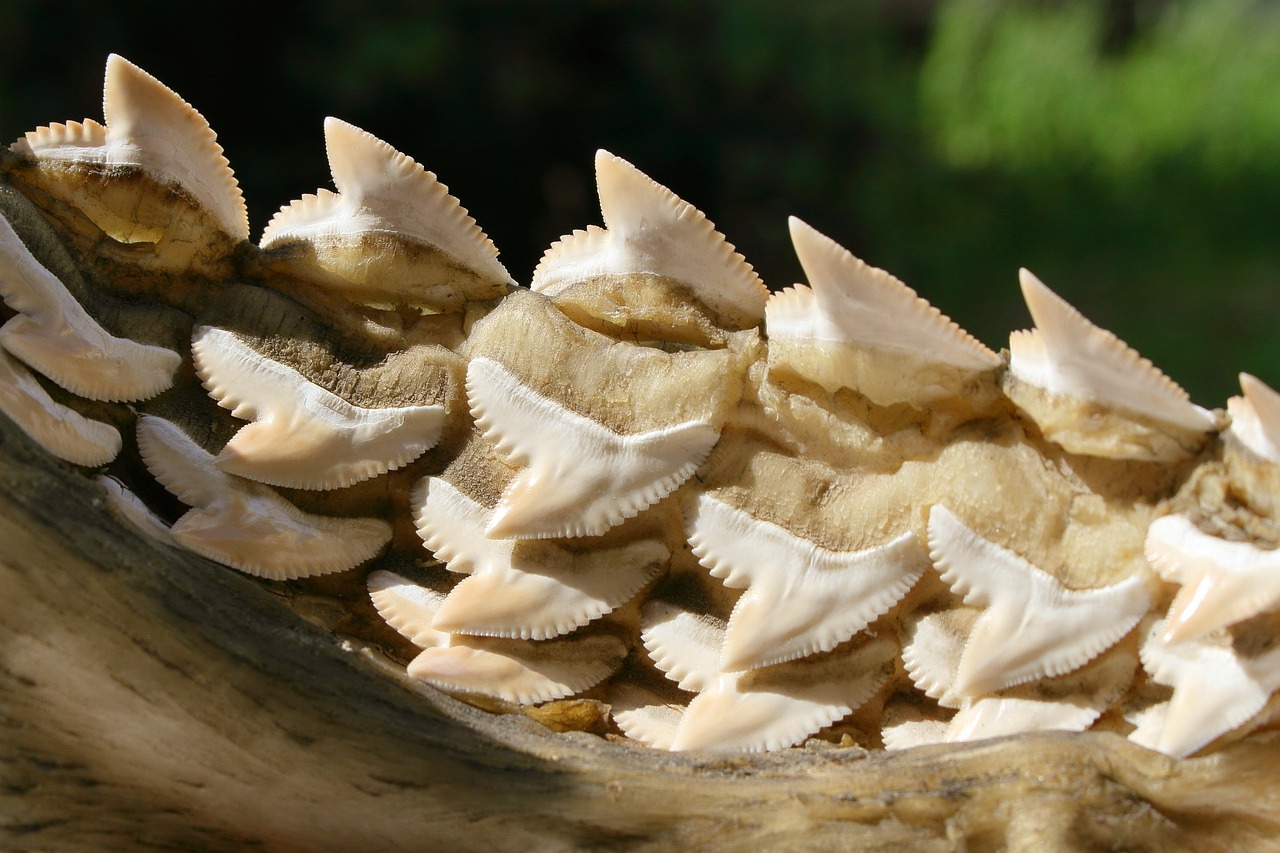
The presence or absence of certain shark teeth in fossil layers serves as a reliable indicator of ancient ecosystem health and diversity. Healthy marine ecosystems typically support a wide variety of shark species, each filling different ecological niches. When scientists find a diverse assemblage of shark teeth in a fossil layer, it usually indicates a thriving, balanced ecosystem.
Conversely, layers dominated by just a few shark species often coincide with periods of environmental stress or ecosystem collapse. The tooth record shows that during mass extinction events, ecosystem simplification occurred rapidly, with only the most adaptable shark species surviving. This pattern helps scientists identify and study past environmental crises.
Modern applications of this principle involve studying shark teeth in recent sediments to assess the health of current marine ecosystems. Areas with declining shark diversity often show corresponding decreases in overall marine biodiversity, making shark teeth valuable tools for conservation efforts.
The Future of Shark Tooth Research
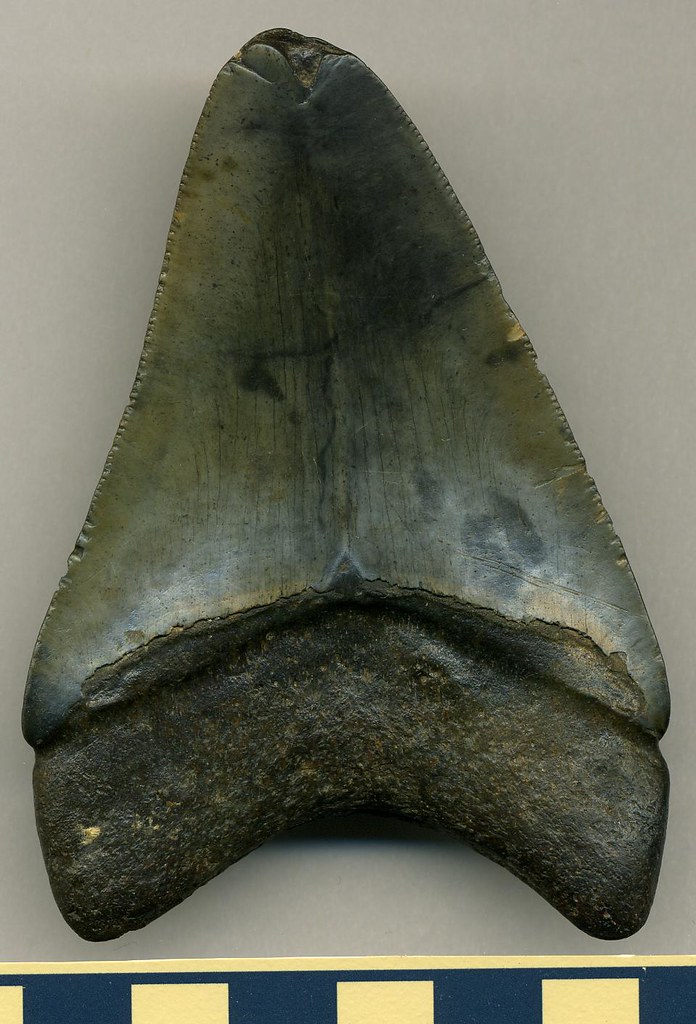
Emerging technologies promise to unlock even more secrets from fossilized shark teeth in the coming years. Researchers are developing techniques to extract and analyze ancient DNA from well-preserved teeth, potentially revealing genetic information about extinct shark species. This could revolutionize our understanding of shark evolution and their relationships to modern species.
New imaging technologies are revealing microscopic details about tooth development and growth patterns that were previously invisible. These discoveries are helping scientists understand how environmental factors influenced shark development and how these ancient predators responded to stress throughout their lives.
Collaborative international databases are being created to catalog and share information about shark teeth from around the world. These resources will allow researchers to study global patterns in shark evolution and extinction, providing better predictions about how modern sharks might respond to ongoing environmental changes.
Ancient Wisdom for Modern Conservation
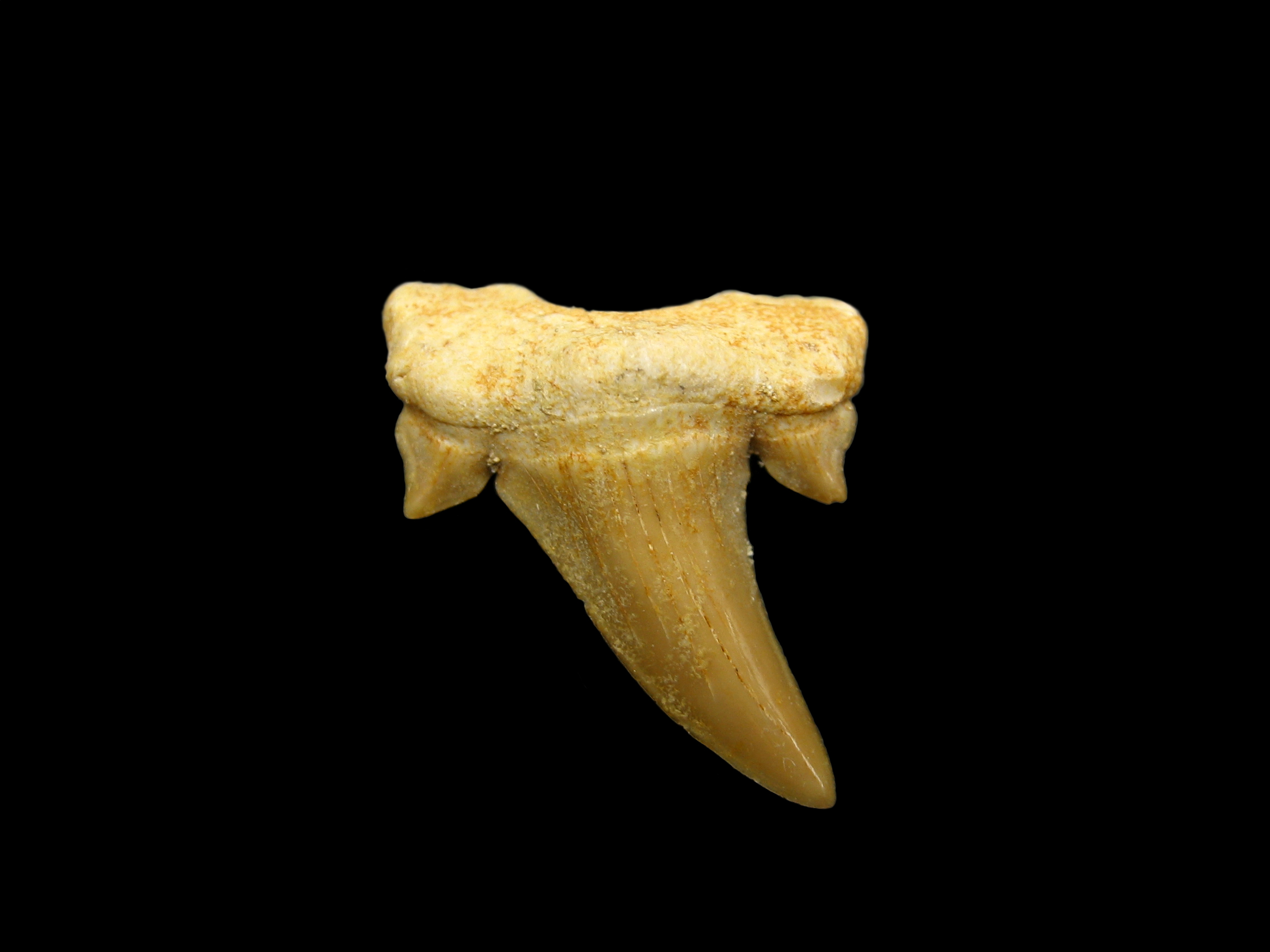
The story told by fossilized shark teeth carries profound implications for modern marine conservation efforts. These ancient archives demonstrate that sharks have survived multiple mass extinction events and dramatic environmental changes, but they also reveal the conditions that led to the extinction of countless species. Understanding these patterns helps scientists identify which modern shark species are most vulnerable to current threats.
The fossil record shows that sharks recovered from past extinction events over millions of years, not decades or centuries. This long-term perspective highlights the importance of protecting remaining shark populations, as any species lost today may never be replaced. The diversity of prehistoric sharks also demonstrates the incredible evolutionary potential that exists when these predators have time and space to adapt.
Conclusion
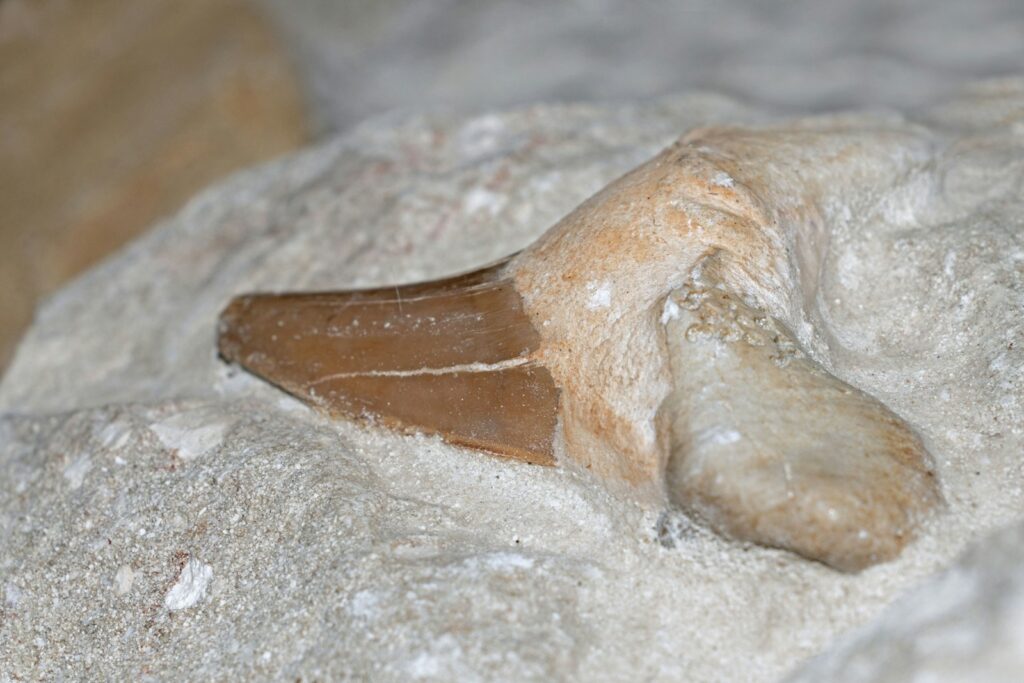
Perhaps most importantly, shark teeth reveal that healthy oceans have always supported abundant shark populations. As apex predators, sharks play crucial roles in maintaining marine ecosystem balance, just as they have for hundreds of millions of years. The messages encoded in these ancient teeth remind us that protecting sharks means protecting the entire ocean ecosystem that depends on them.
These tiny triangular treasures scattered across our beaches and buried in ancient rock formations continue to reshape our understanding of life on Earth. Each fossilized shark tooth represents a unique moment in time, a snapshot of an ancient predator navigating prehistoric seas that would be unrecognizable today. As we face modern environmental challenges, these ancient messengers offer both warnings and hope, showing us that life has weathered incredible changes before and can do so again with the right conditions. What other secrets might be waiting in the next shark tooth you find?

